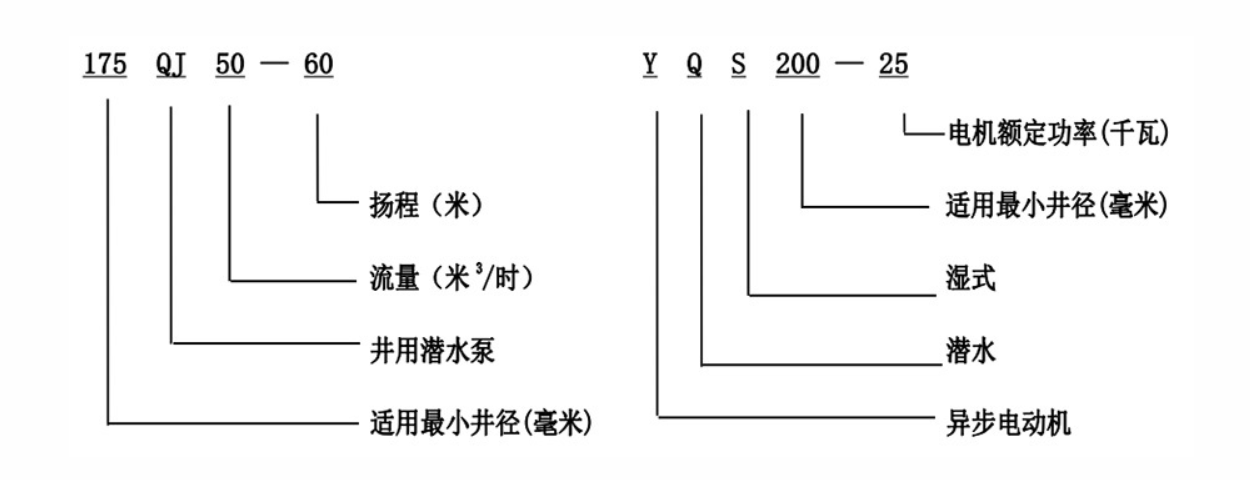Sep . 25, 2024 12:53 Back to list
Efficient Submersible Slurry Pumps for Heavy-Duty Industrial Applications and Waste Management
Submersible Slurry Pumps An Overview
Submersible slurry pumps are specialized pumping devices designed to handle abrasive and viscous mixtures of liquids and solids. These pumps are essential in various industries, including mining, construction, wastewater treatment, and dredging, where the transportation of slurry is required. Their robust construction and operational capabilities make them ideal for challenging environments where other pumps may fail.
One of the primary advantages of submersible slurry pumps is their ability to operate submerged in the fluid they are pumping, which allows for the efficient handling of heavy and thick mixtures without the need for priming. This characteristic eliminates the risk of cavitation and ensures that the pump can maintain continuous operation, even when the slurry's density varies. The submersible design also minimizes the need for complex piping systems, making installation simpler and more cost-effective.
The construction of submersible slurry pumps is tailored to endure harsh conditions
. They are typically made from high-quality materials such as stainless steel, ductile iron, or specialized alloys that resist corrosion and wear from the abrasive particles in the slurry. The impellers and volutes are often designed with thicker sections and more robust geometries to enhance durability and performance, ensuring a longer lifespan for the equipment.submersible slurry pump

Another significant feature of submersible slurry pumps is their versatility. Depending on the specific application, these pumps can be equipped with various impeller designs and sizes to handle different types of slurry. For instance, open impellers are often used for applications with large solids, while closed impellers may be preferred for finer slurries. This adaptability enables operators to optimize pump performance based on the characteristics of the material being transported.
In terms of maintenance, submersible slurry pumps are generally easy to service. Many models are designed for quick disassembly, allowing for efficient inspection and replacement of worn components. Regular maintenance is crucial to avoid unexpected downtime and extend the lifespan of the pump. Operators should follow the manufacturer's recommendations for routine checks and perform maintenance tasks such as cleaning and lubricating moving parts.
Submersible slurry pumps also contribute to environmental sustainability by effectively managing wastewater and reducing the risk of spills and leaks. Their ability to handle challenging materials serves to minimize the environmental impact of operations in sectors like mining and construction. Moreover, with advancements in technology, many modern pumps now offer energy-efficient designs, further reducing the carbon footprint of these essential machines.
In conclusion, submersible slurry pumps are vital tools in various industries, offering efficiency, durability, and versatility for handling challenging materials. As technology continues to evolve, these pumps are likely to see even greater enhancements, ensuring they remain a crucial component in the management of slurry and similar applications.
-
Submersible Water Pump: The Efficient 'Power Pioneer' of the Underwater World
NewsJul.01,2025
-
Submersible Pond Pump: The Hidden Guardian of Water Landscape Ecology
NewsJul.01,2025
-
Stainless Well Pump: A Reliable and Durable Pumping Main Force
NewsJul.01,2025
-
Stainless Steel Submersible Pump: An Efficient and Versatile Tool for Underwater Operations
NewsJul.01,2025
-
Deep Well Submersible Pump: An Efficient 'Sucker' of Groundwater Sources
NewsJul.01,2025
-
Deep Water Well Pump: An Efficient 'Sucker' of Groundwater Sources
NewsJul.01,2025
-
 Submersible Water Pump: The Efficient 'Power Pioneer' of the Underwater WorldIn the field of hydraulic equipment, the Submersible Water Pump has become the core equipment for underwater operations and water resource transportation due to its unique design and excellent performance.Detail
Submersible Water Pump: The Efficient 'Power Pioneer' of the Underwater WorldIn the field of hydraulic equipment, the Submersible Water Pump has become the core equipment for underwater operations and water resource transportation due to its unique design and excellent performance.Detail -
 Submersible Pond Pump: The Hidden Guardian of Water Landscape EcologyIn courtyard landscapes, ecological ponds, and even small-scale water conservancy projects, there is a silent yet indispensable equipment - the Submersible Pond Pump.Detail
Submersible Pond Pump: The Hidden Guardian of Water Landscape EcologyIn courtyard landscapes, ecological ponds, and even small-scale water conservancy projects, there is a silent yet indispensable equipment - the Submersible Pond Pump.Detail -
 Stainless Well Pump: A Reliable and Durable Pumping Main ForceIn the field of water resource transportation, Stainless Well Pump has become the core equipment for various pumping scenarios with its excellent performance and reliable quality.Detail
Stainless Well Pump: A Reliable and Durable Pumping Main ForceIn the field of water resource transportation, Stainless Well Pump has become the core equipment for various pumping scenarios with its excellent performance and reliable quality.Detail
